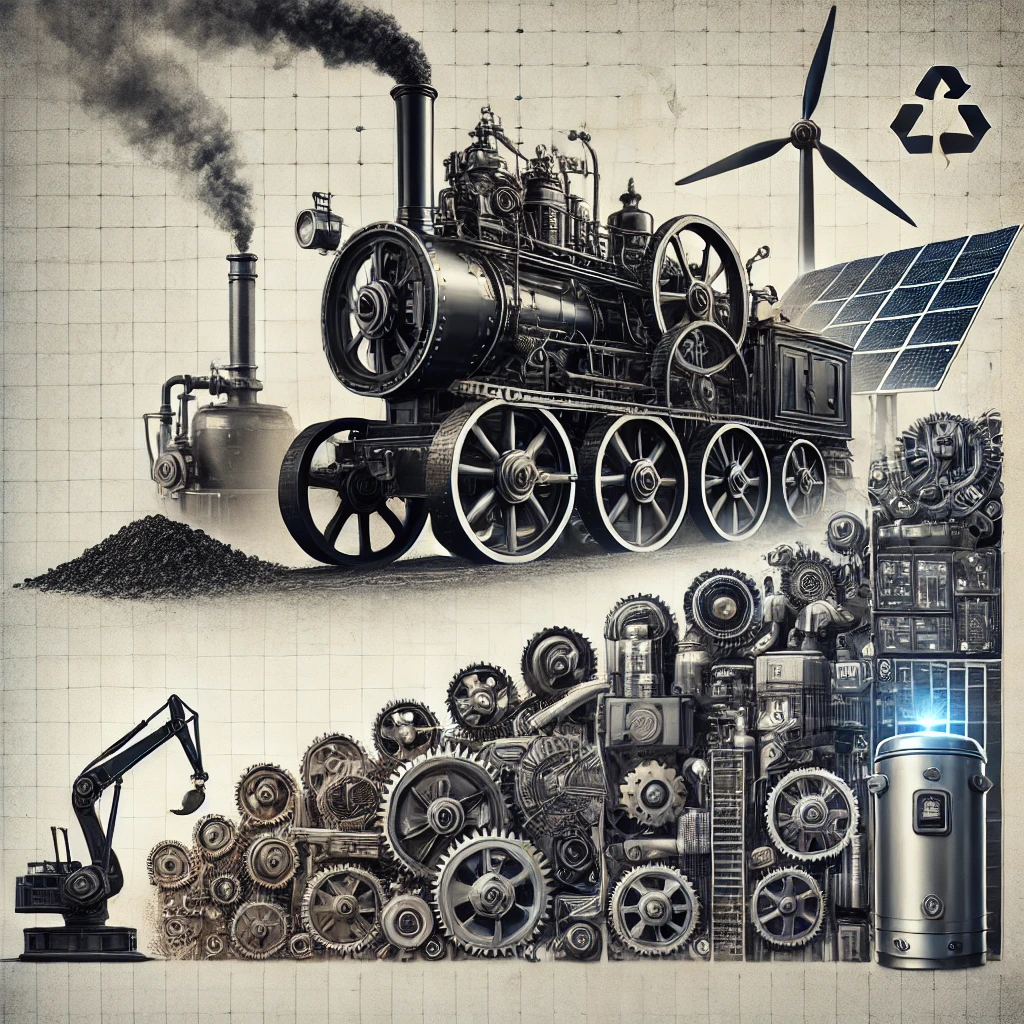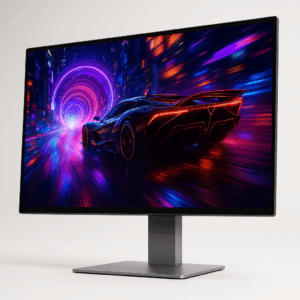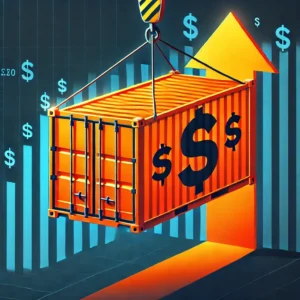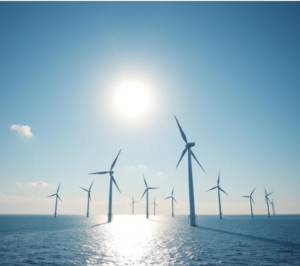The Evolution of Machine Power

The evolution of machine power has been nothing short of revolutionary. From the steam engines of the Industrial Revolution to the modern, highly efficient machinery we use today, machine power has played a critical role in transforming industries, economies, and societies. This article explores how machine power evolved and its impact on the modern world.
The Birth of Machine Power: The Steam Engine
The advent of the steam engine in the 18th century marked the beginning of a new era. Invented by James Watt, the steam engine revolutionized industries like mining, textiles, and transportation. Powered by coal, these engines mechanized processes that had previously been done manually, greatly increasing production efficiency. Steam engines were the driving force behind the Industrial Revolution, reshaping economies by reducing labor costs and increasing output.
Key innovation: Steam engines harnessed the power of steam pressure to perform mechanical work, laying the groundwork for subsequent power technologies. To learn more about the History of the Steam Engine, you can visit Britannica.
The Advent of Internal Combustion Engines
By the late 19th century, the internal combustion engine took center stage. These engines, fueled by gasoline or diesel, were more efficient than steam engines and soon became the primary source of power for automobiles, airplanes, and industrial equipment. This transition significantly reduced reliance on coal and opened up new opportunities for transportation and manufacturing industries.
Key impact: Internal combustion engines allowed for greater mobility and flexibility, giving rise to automobiles and faster means of transport.
The Age of Electricity
The introduction of electricity in the late 19th and early 20th centuries revolutionized machine power once again. Electric motors became the go-to for factories, appliances, and even household gadgets. Unlike steam or combustion engines, electric motors could be smaller, more versatile, and far more efficient in terms of energy consumption. Electricity also paved the way for automation, transforming manufacturing processes worldwide.
Key advancement: Electric motors simplified power generation and distribution, making it easier to harness energy in a cleaner, more efficient way. You can read more on how the Industrial Revolution Impacted Modern Technology.
Modern Machinery: Automation and Robotics
Today, machine power has reached unprecedented levels of sophistication. Automation and robotics have taken over many tasks, allowing industries to produce goods at a scale and speed unimaginable in the past. Modern machines are not only faster and more powerful, but they are also smarter, thanks to advancements in artificial intelligence and machine learning.
Key features: Modern machinery uses sensors, AI, and software to enhance precision and productivity, minimizing human error. Learn more about how AI is Transforming Manufacturing.
Renewable Energy and Sustainability
As we move further into the 21st century, renewable energy sources such as solar, wind, and hydroelectric power are becoming integral to modern machinery. The push towards sustainability is shaping how machines are powered, with a clear focus on reducing carbon footprints and increasing energy efficiency.
Future outlook: Renewable energy-powered machines are set to revolutionize industries further, supporting global efforts to combat climate change.
A Journey of Transformation
The evolution of machine power, from steam engines to modern machinery, has profoundly changed how we work, travel, and live. Each technological advancement has made machines more efficient, powerful, and environmentally friendly. As we look to the future, continued innovation in machine power promises to bring even more exciting developments.



